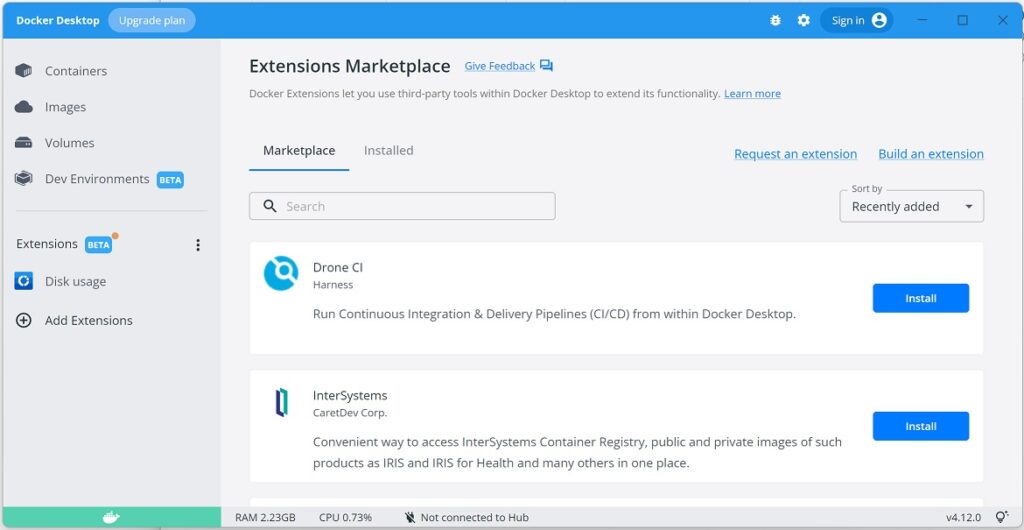
Docker is increasing prices by around 28 percent for Team users and 14 percent for Business users, from October 27th 2022, and is also restricting the size of Team accounts to 100 users, pushing affected organizations into the Business subscription which costs nearly three times as much, though there is a 30 percent discount for existing users to mitigate the extra cost.
The price changes are detailed in a FAQ though no explanation is given other than a bland statement about being able to “continue to invest in Docker.”
In August 2021, CEO Scott Johnston introduced a requirement for larger businesses, defined as more than 250 employees or more than $10 million annual revenue, to license Docker Desktop with a paid subscription. Previously it could be used for free by any developer.

Open-source Docker components including Docker Engine, Docker CLI and Docker Compose use the Apache 2.0 license and are free to use. The main subscription benefits are the Docker Desktop software and additional container image pulls and builds, and in the Business edition, single sign-on (SSO) support. There are also code-scanning security features. The Team subscription previously cost $84 per user/year, now rising to $108 per user/year. Business users will pay $288 annually, up from $252.
The increases are substantial, but the change causing most consternation is the limit to Team subscriptions. “It’s happening to us. And on top of that, since Business is only offered via yearly invoice, we’ll also have to pay 1 year upfront instead of monthly via credit card as we’ve been doing … this is insane, I don’t expect we’ll renew out subscription next year,” said a user on Hacker News.
Docker Inc. created a business challenge for itself by acquiring millions of non-paying customers for its open-source tools and Docker Hub container repository, and not finding it easy to come up with a strategy for financial sustainability.
In November 2019 it sold its enterprise business to Mirantis, including Docker Swarm, an alternative to Kubernetes for container orchestration. Docker Inc said it would focus instead on developer tooling. Docker Desktop, a GUI application for managing containers, is a key part of that tooling, and has been expanded to support developer environments – containers with code and developer tools – as well as extensions and an extension marketplace.
Despite the capabilities of Docker Desktop, many developers use Docker without it, and Docker support that does not depend on Desktop is built into many IDEs such as Visual Studio Code or JetBrains IntelliJ IDEA. Rancher Desktop is another option, an open-source GUI application that provides desktop management for containers and Kubernetes.
In last year’s post, Johnston said that free users “account for more than half of Docker users,” which presumably means that they are in effect subsidised by the paying users.
The risk with hefty price increases is that customers will switch away, but developer tools can be sticky. “Developers use mostly Mac and getting everyone to switch to something else takes time for testing, documentation, rollout etc,” said one customer.
